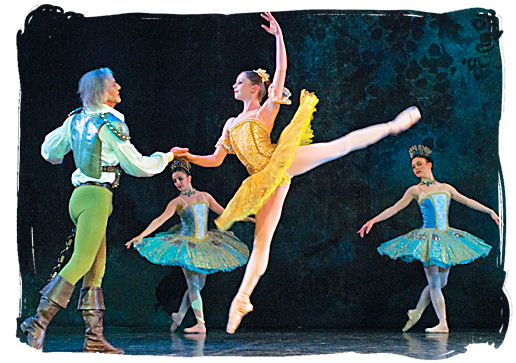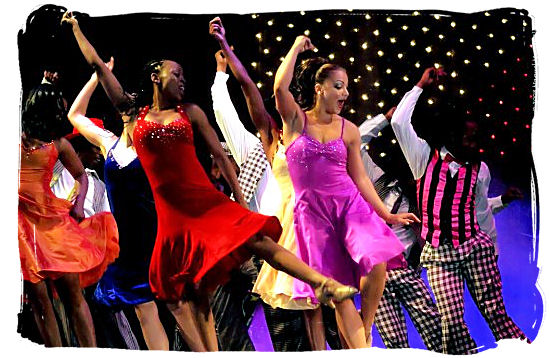 |
||
South African dance, a multicultural happeningSouth African dance, an express happiness, anger, frustration, longing and joy. That is how South Africans danced their way from South Africa’s ancient history through the apartheid era right on to the free democracy they are enjoying now. It is this art form more than any other which has been pioneering integration. People of every race, creed and culture have come together to explore an impulse which bridges ignorance and intolerance in a natural way. Imagine India's Bharata Natyam interpreted simultaneously by a beautifully trained, Indian classical dancer... and an imposing Zulu warrior. Side by side on stage, they bring out different dynamics in the same basic movements.  Indian dancer in traditional dress - South Africa dancing copyright © South African tourism Imagine Xhosa stick-wielding dancers throwing in a double tour (or spin) straight out of classical ballet, or an indlamu (traditional) dancer deciding to do an arabesque just because he likes the look of it.  Group of Zulu dancers performing a traditional warrior dance - South African dance copyright © MediaClubSouthAfrica.com, Photo: Chris Kirchhoff Imagine a township jive which is uniquely South African, drawn far more from its own environment than the America of Elvis Presley, and rocking to the penny-whistle magic of kwela music.  Mine workers performing the popular miners Gumboot Dance - South Africa dance copyright © South African tourism Imagine classical ballet trained dancers learning the rhythmic slaps of palms beating gumboot-clad legs, or Busby Berkley-style tap routines enhanced by uniquely African, very fast, pantsula foot movements with the dancers in takkies rather than tap shoes. ...........Afro fusion at its best  Scene from the South African Ballet Theatre production of Don Quixote, presented at the National Arts Festival In Grahamstown on 2 July 2008 - South Africa dance Photo: CuePix / Harold Gess And so dance has become a prime means of artistic expression in South Africa, with dance companies expanding and exploring new territory, pulling in new audiences. A number of home-grown productions, particularly those aimed at the popular market, are wowing audiences both at home and abroad.  Scene from the South African Ballet Theatre production of Don Quixote, presented at the National Arts Festival In Grahamstown on 2 July 2008 - South African dance Photo: CuePix / Harold Gess Among these are entrepreneurial producer Richard Loring's “African Footprint”, which performed in London at the 2000 Royal Variety show, the musical “Umoja”, which has toured the world to huge critical acclaim, and the drumming feast “Drumstruck”, which has taken New York by storm.  Scene from the famous musical “African Footprint” - South Africa dance Photo: manuel-muñoz Another important aspect of South African dance music is the unique music form of the post-apartheid generation South Africans called kwaito music. It originated in the poor townships of Johannesburg and Cape Town as enjoyable dance music, played at local shebeens and clubs.  The traditional Reed Dance performed every year by Swazi maidens before the King of Swaziland - South African dance copyright © South African tourism Unique in its vitality and energy, with an authentic South African sound, full of "languid, rolling bass lines, and vocal chants", a large variety of dances have been created to the tunes of Kwaito music. These include, the "Madiba jive", one of Mandela's famous post-prison moves, "the Chicken", "the Butterfly", and "the Squaga (get down)." Top of Page |
|
|
|
|
||



